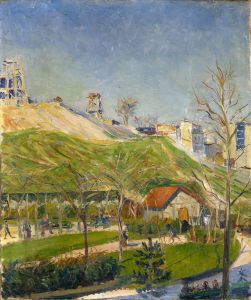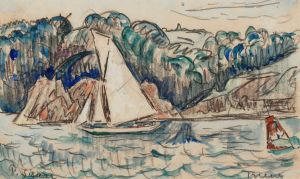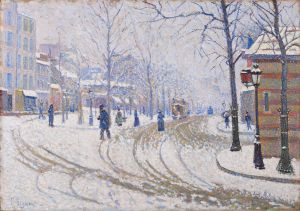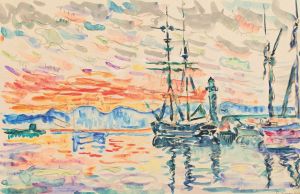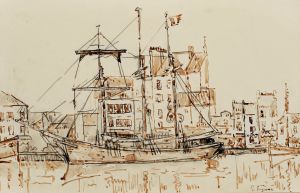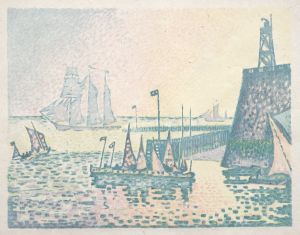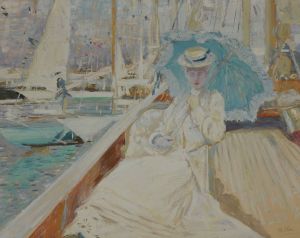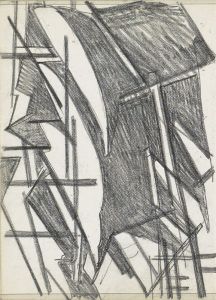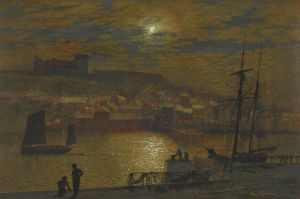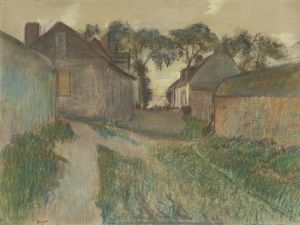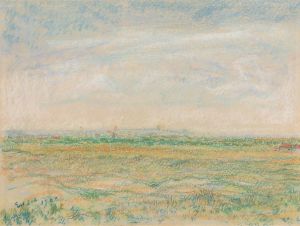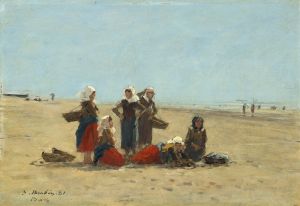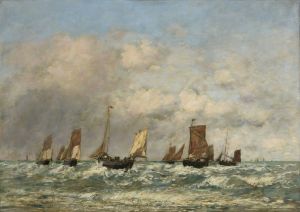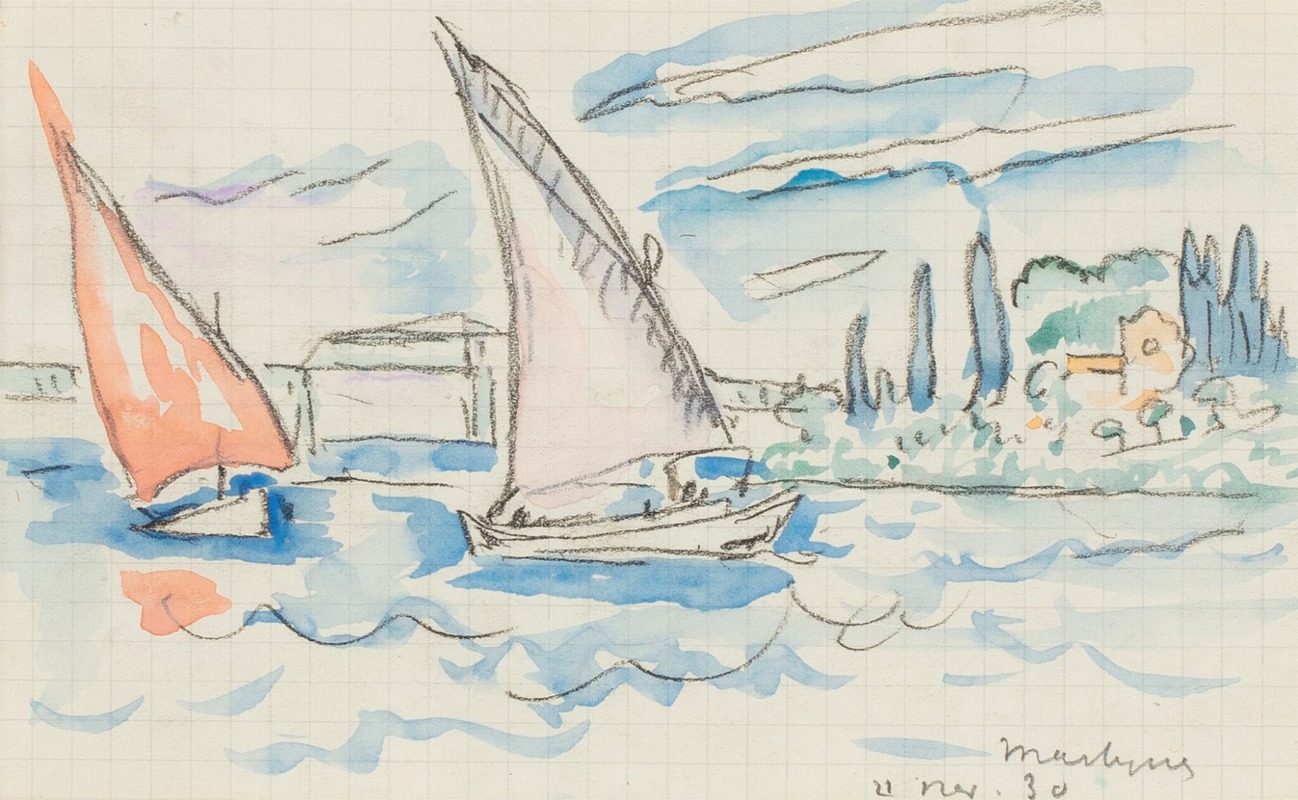
Martigues
A hand-painted replica of Paul Signac’s masterpiece Martigues, meticulously crafted by professional artists to capture the true essence of the original. Each piece is created with museum-quality canvas and rare mineral pigments, carefully painted by experienced artists with delicate brushstrokes and rich, layered colors to perfectly recreate the texture of the original artwork. Unlike machine-printed reproductions, this hand-painted version brings the painting to life, infused with the artist’s emotions and skill in every stroke. Whether for personal collection or home decoration, it instantly elevates the artistic atmosphere of any space.
Paul Signac's painting "Martigues" is a notable example of his work in the Pointillist style, a technique he co-developed with Georges Seurat. Signac, born in Paris in 1863, was a prominent French Neo-Impressionist painter who played a crucial role in the development and promotion of Pointillism, a method characterized by the application of small, distinct dots of color to form an image.
"Martigues" was painted in 1908, during a period when Signac was deeply inspired by the landscapes and seascapes of southern France. Martigues, often referred to as the "Venice of Provence," is a picturesque town located near Marseille, known for its canals, bridges, and vibrant reflections in the water. This setting provided an ideal subject for Signac's exploration of light and color.
In "Martigues," Signac captures the serene beauty of the town with meticulous attention to detail and a vibrant palette. The painting features a tranquil scene of boats docked along the canal, with the town's buildings and their reflections creating a harmonious composition. Signac's use of Pointillism is evident in the way he applies small, precise dots of color to build up the image, allowing the viewer's eye to blend the colors optically. This technique not only enhances the luminosity of the scene but also gives it a dynamic, shimmering quality.
Signac's choice of colors in "Martigues" is particularly striking. He employs a range of blues, greens, and purples to depict the water and sky, while the buildings and boats are rendered in warm tones of yellow, orange, and red. This contrast between cool and warm colors creates a sense of depth and vibrancy, drawing the viewer into the idyllic setting.
The painting reflects Signac's fascination with the interplay of light and color, a central theme in his work. By breaking down the colors into individual dots, Signac was able to achieve a greater intensity and purity of color than traditional methods allowed. This approach was influenced by contemporary scientific theories of color and perception, which Signac and his fellow Neo-Impressionists sought to incorporate into their art.
"Martigues" is also significant for its demonstration of Signac's mastery of composition. The arrangement of the boats and buildings leads the viewer's eye through the painting, creating a sense of movement and balance. The reflections in the water add an element of symmetry, enhancing the overall harmony of the scene.
Paul Signac's "Martigues" is housed in the Musée d'Orsay in Paris, where it continues to be admired for its technical brilliance and its evocative portrayal of the French landscape. The painting is a testament to Signac's skill as a colorist and his innovative approach to capturing the essence of a place through the meticulous application of color.
In summary, "Martigues" by Paul Signac is a masterful example of Pointillism, showcasing the artist's ability to convey light, color, and atmosphere through his distinctive technique. The painting remains an important work within the Neo-Impressionist movement and a beautiful representation of the town of Martigues.





